IT – Hotel Computer Security And Disaster Recovery Tips
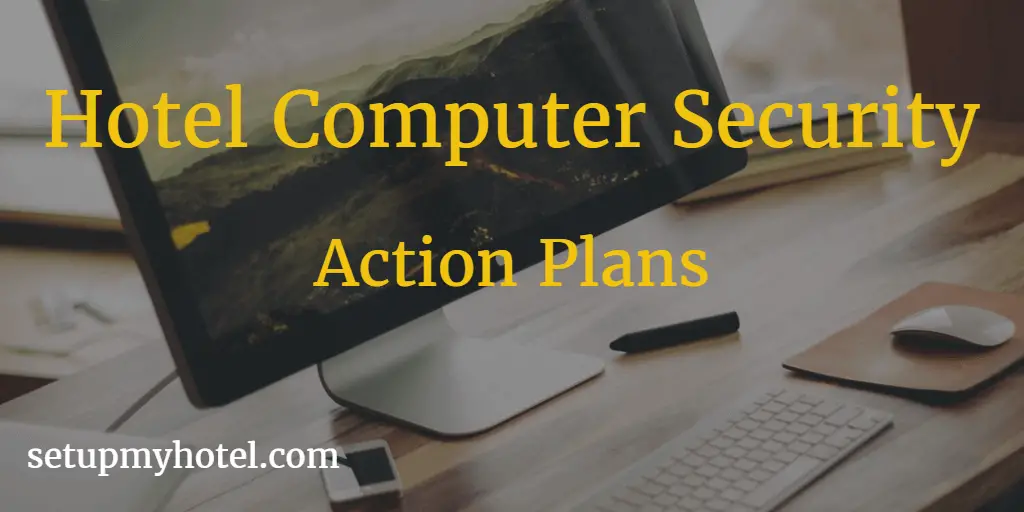
Hotel Computer Security And Disaster Recovery Tips In the modern hospitality industry, where technology plays a crucial role in operations, ...
Read more
Security – Types Of Keys Used In Hotels For Effective Security

Types of Keys used in hotels for effective Key control When it comes to the guest experience in hotels, the ...
Read more
IT – Hotel IT Failure Emergency Action Plan / Contingency Plan (All Departments)

Sample Hotel IT Emergency Action Plan / Contingency Plan In today’s digital age, all businesses must have a solid IT ...
Read more
Security – Fire Emergency Plan And Procedures Sample For Hotels | Resorts
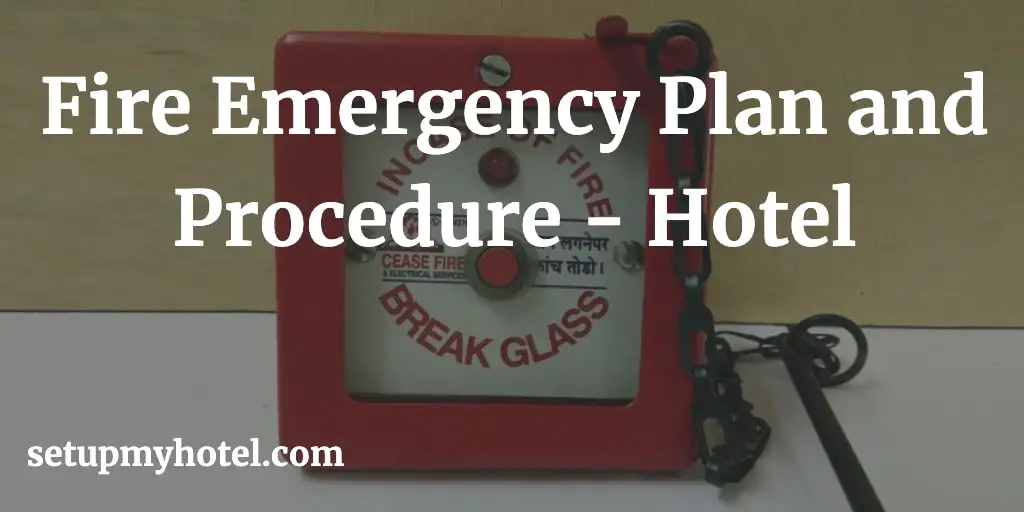
Fire Emergency Plan and Procedures Sample For Hotels | Resorts Hotels are required to have a fire emergency plan in ...
Read more
Security – Hotel Security Audit Checklist For The Security Team
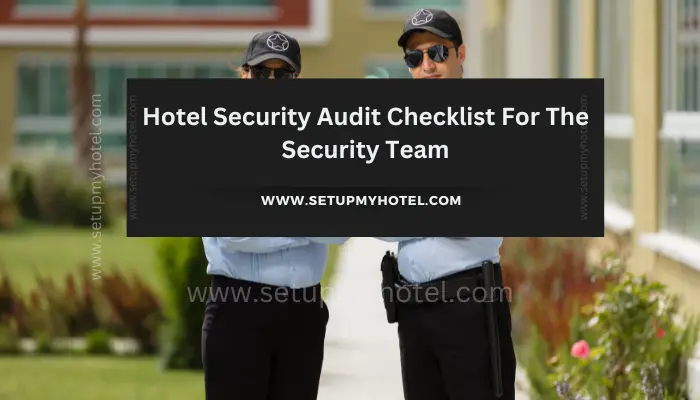
Hotel Security Audit Checklist for The Security Manager / Team As a security manager or team, it is crucial to ...
Read more
Security – Crime Prevention Through Environmental Design In Hotels
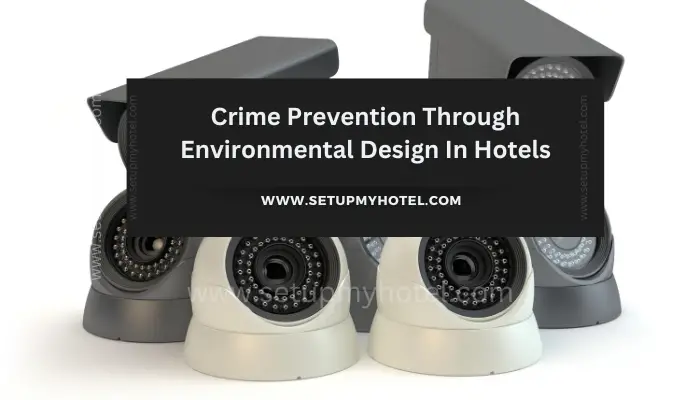
Crime Prevention Through Environmental Design In Hotels Crime Prevention Through Environmental Design (CPTED) is an approach that focuses on designing ...
Read more
Security – Hotel Security Department Organization Chart
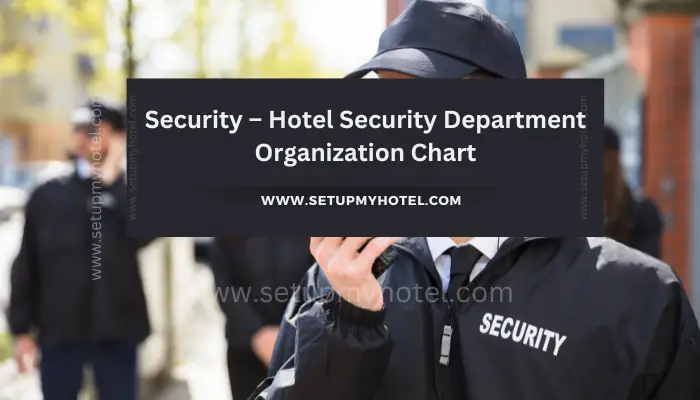
Sample Organization Chart For Hotel Security Department No two hotels have identical security requirements. National Security Standards are not suitable ...
Read more
Security – Steps To Develop Hotel Security Program

How to Develop Security Programs in Hotels The safety and security of hotel guests and staff is of utmost importance. ...
Read more
Security – Types Of Safety Equipment’s Used In hotel Industry
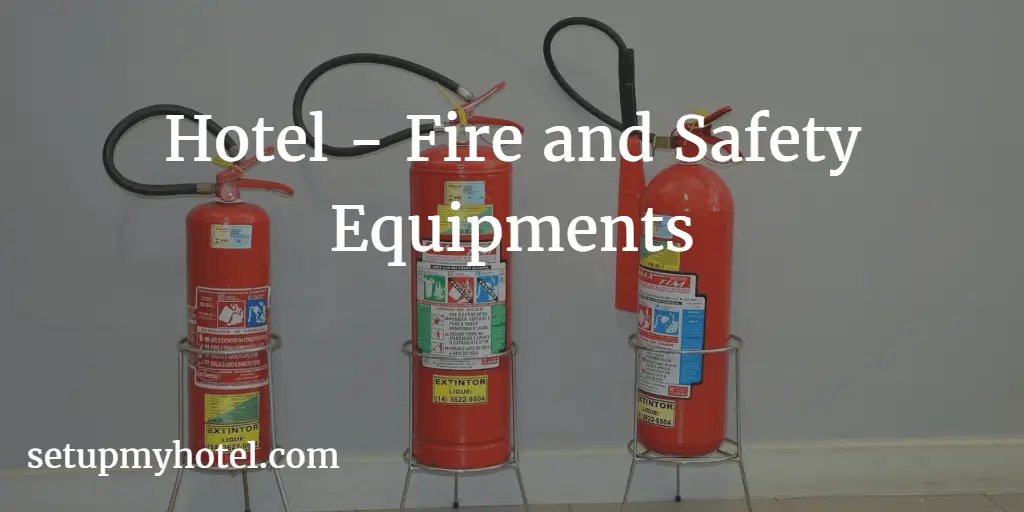
Types of Safety Equipment Used in the Hotel Industry Safety is a top priority in the hotel industry, both for ...
Read more
Security – Types Of Guest Room Locks Used In Hotels

Types of guest room locks used in hotels Guest room Security locks can be a critical aspect of guest protection. ...
Read more









